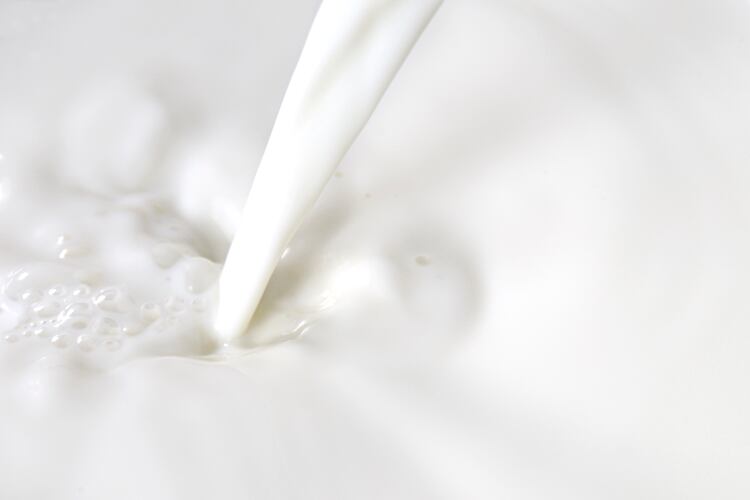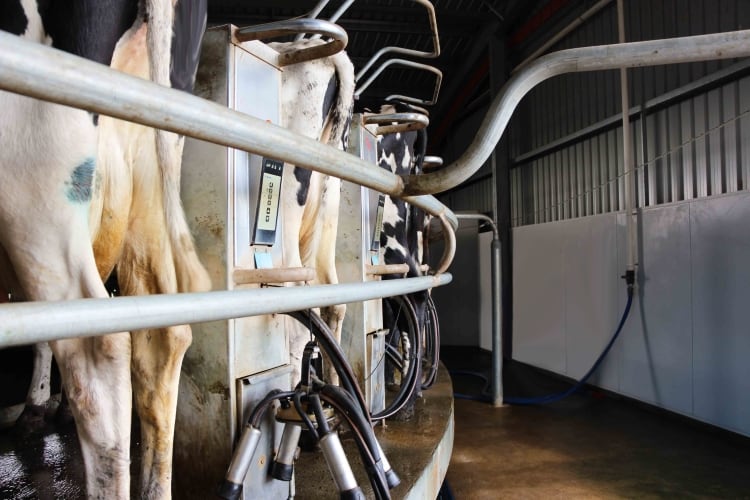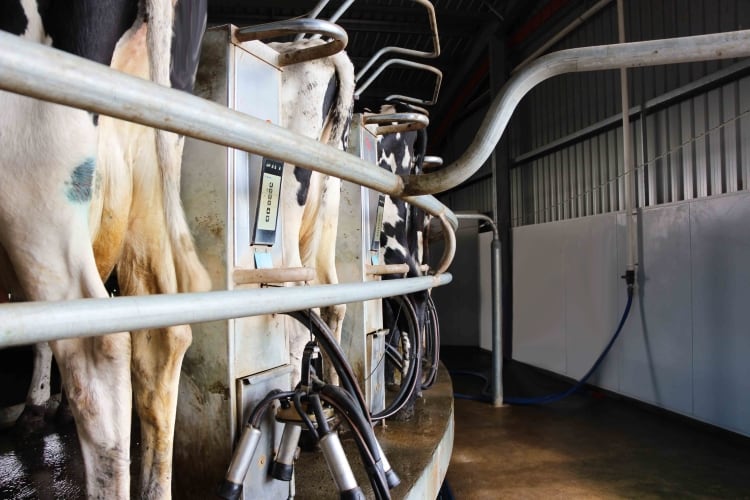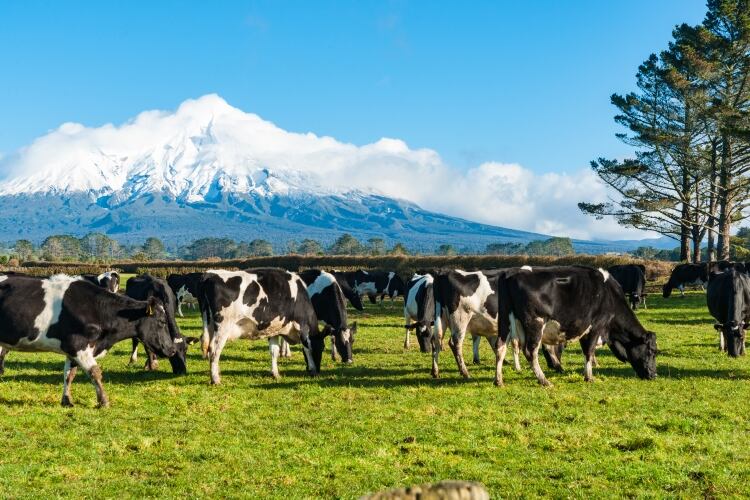Edwin Lloyd, executive general manager - foods dairy, said markets are experiencing complex and challenging times. Already tight supplies of milk for fat and protein commodities have been overlaid with complex supply and demand impacts of the Russian invasion of Ukraine and sanctions on Russia and its allies.
Lloyd said global dairy commodity markets will remain under the strong influence of tight EU milk supplies.
“Product and ingredient prices have been pushed to records in the EU and Oceania, which will ration demand and may also eventually see some supply-side response. US markets are also managing tighter milk supplies while demand recovers from the effects of COVID restrictions, although supply chain challenges continue to drive some price volatility,” Lloyd said.
“While EU milk prices are rising and on-paper margins might appear a little better, high bought-in feed and operating costs and limited fertilizer availability will influence feed availability and milk production.
“Weather is hardly supportive in the next year. Europe is forecast to have another hotter than usual spring and summer, and other regions face challenges. The US drought is worsening, while La Nina is weakening in Oceania.”
Lloyd said demand will inevitably be rationed in sensitive consumer markets and segments although little of that is evident yet, with the fast ramp up in wholesale prices. This may be compounded in some developing regions that face higher prices in other food staples due to the war in Ukraine.
“The world faces higher food and energy costs as a consequence of the Ukraine war, which will slow economic growth and eventually affect consumer confidence and spending,” Lloyd concluded.
“The world market is experiencing unprecedented prices for dairy commodities and products. Milk supply growth in major (top 5) exporting producers weakened to 0.5% in H2-2021, while H1-2022 output will shrink 1.2%.”




